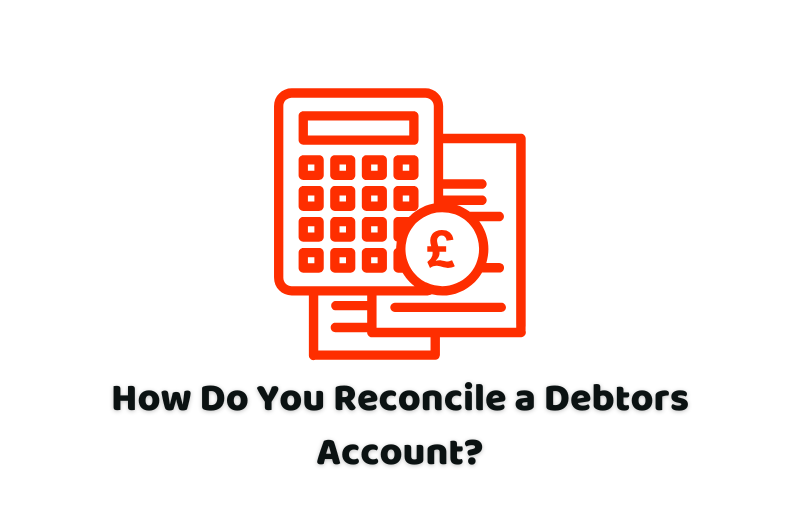How Do You Reconcile a Debtors Account?
Bank reconciliation is the bookkeeping process most businesses do to keep track of their financial assets and company growth. The reconciliation process is incomplete without the adjustment of bank statements and company cashbook records. This process also includes debtor reconciliation, and how do you reconcile a debtor’s account in the bank reconciliation process? This article gives you all the details.
Talk to one of our intelligent and clever professional bookkeepers to get your further queries about bookkeeping services in London. We will ensure to come up with the best possible solution for you.
How Do You Reconcile a Debtor’s Account?
In a bank reconciliation process, a debtor account is the amount of money you are expected to be paid by your customers. To keep track of your income, almost all small and big businesses do the debtor reconciliation periodically.
The debtor account is updated at regular intervals every time after the following types of transactions are done on the customer account: invoice, receipt, credit note, and refund. In debtor account reconciliation, businesses can match the balance of this account to the total outstanding balance on the customer account. This is shown on the aged debtors report.
What are the Debtor Account Reconciliation Steps?
The steps below are to be followed while conducting the debtor account reconciliation:
1- Review the previous month’s balance
The first step is to ensure that the debtor account reconciliation of the previous month is done correctly and that the amount mentioned in the customer account and financial statements of previous months matches. Regular reconciliation on a daily, weekly, or monthly basis will minimise discrepancies, but this step is to ensure that previous debt is clear and updated.
2- Cross-reference your general ledger balance and unpaid customer billings from the sales ledger
The first step in cross-referencing is to determine where you are keeping a record of invoices and noting when the payment is made by the customer in the reconciliation report. This step may involve referencing as follows.
3- An AR Aging report from your ERP
If the business is sending invoices to customers on a regular basis through QuickBooks, NetSuite, etc, this record can be attached to the account receivable amount, which is unpaid by the customer.
4- A separate invoicing system
For cross-referencing, if you are sending the invoices and receiving payments from the customers regularly, you can utilise this record in the sales ledger and then reference the unpaid amount to the total amount of accounts receivable.
5- A manual A/R work paper
If a business is unable to do the debtor account reconciliation on a regular basis, then accounting firms can be hired to do this job.
6- Prepare to correct any discrepancies
If the records on the customer account and the sales ledger do not match, the next step is to find the discrepancies between the transactions and entries in the sales ledger. Solve the discrepancies so that the entries in both records are aligned. A few reasons for the discrepancies can be
- The payment was entered twice
- The payment was entered into the wrong customer account.
- The wrong amount was entered into the sales ledger
- The debtor account was debited or credited when the correct transaction was applied.
7- Update the general ledger and record any allowance/bad debt expense
After identifying and rectifying all the discrepancies, the company’s general ledger should be updated to reflect the adjustments done. While reviewing the debtor account report, review the invoices that meet the requirements for bad debt expenses/allowance and record accordingly.
8- Perform a final review
The final step in debtor reconciliation is to review the sales ledger and the general ledger and ensure that the corrections are accurately recorded and reflected in the updated ledger. The final review is to ensure the integrity of debtor account reconciliation and that the financial reports are transparent and show the true picture of the company’s financials.
Visit our more detailed guide on what is debtors reconciliation, we have covered in-depth knowledge of debtors reconciliation over there.
Conclusion
Debtor account reconciliation is a crucial process in maintaining the financial data of the business. A debtor account is the amount of money that customers owe to the company. The process starts by comparing the sales ledger with the outstanding balance of the customer account. Adjustments are needed to match the amount of money in both records. The debtor account reconciliation is affected by inadequate use of technology, irregular conduction of the process, etc.
Disclaimer: All the information provided in this article on how do you reconcile a debtors account, including all the texts and graphics, is general in nature. It does not intend to disregard any of the professional advice.

